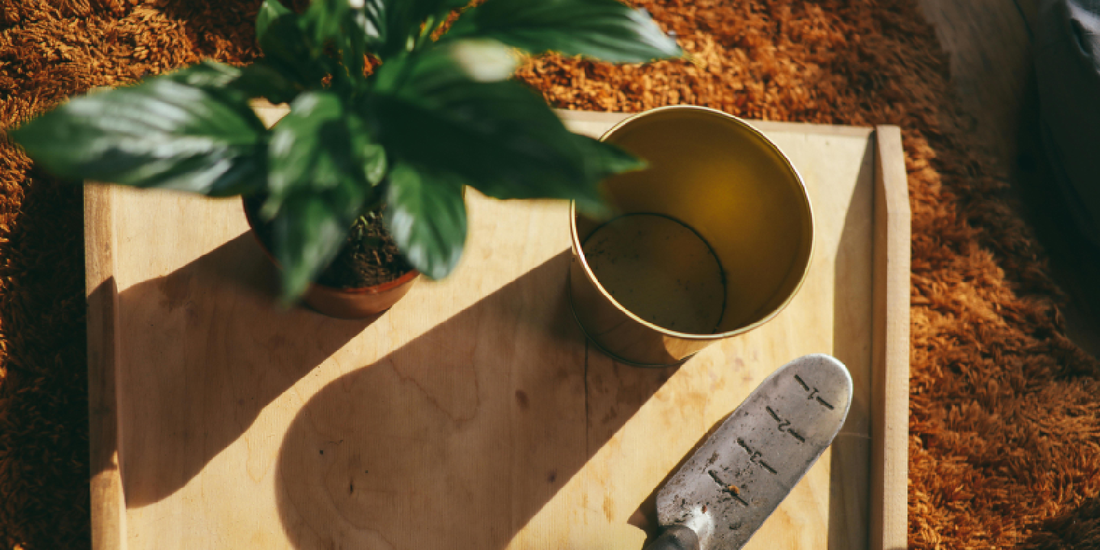
How Many Hours of Light Do Plants Really Need?
Share
For plant lovers, providing enough light is one of the most important—and often most misunderstood—parts of plant care. Whether you’re nurturing delicate herbs, vibrant flowers, or thriving tropical foliage, knowing exactly how many hours of light plants need can mean the difference between a lush indoor jungle and a struggling collection.
In this guide, we’ll explore the science behind plant lighting needs, the difference between natural and artificial light, and how the amoyls VerdantGlow S-Shaped 8-Tier Plant Shelf with Grow Lights makes it easier than ever to provide the perfect amount of light for your plants.
Why Light Matters So Much for Plants
Light is the fuel plants use to create energy through photosynthesis. Without enough light, plants cannot produce the sugars they need for growth. Too little light leads to leggy stems, pale leaves, and slow development. On the other hand, too much light can cause leaf burn, stress, and even stunt growth.
Photosynthesis is driven by photons—tiny packets of light energy—hitting the chlorophyll in leaves. The duration, quality, and intensity of light all influence how much energy your plants can produce.
Understanding Light Duration: Photoperiodism
The number of hours of light a plant receives in a 24-hour period is called the photoperiod. Plants can be divided into three main categories based on how they respond to light duration:
-
Short-day plants
These plants flower or grow best when they receive less than 12 hours of light per day. Examples include chrysanthemums, poinsettias, and some winter vegetables. -
Long-day plants
These thrive when they get more than 14 hours of light. Common examples include lettuce, spinach, and many summer-blooming flowers. -
Day-neutral plants
These plants are less sensitive to day length and focus more on overall light intensity. Tomatoes, cucumbers, and many houseplants fall into this category.
Knowing which category your plant belongs to helps you determine the best light schedule.
General Lighting Guidelines for Common Plants
While each species has its own needs, here’s a general breakdown of ideal light hours for common indoor plants:
|
Plant Type |
Ideal Light Hours |
Notes |
|
Leafy greens (spinach, lettuce, kale) |
12–16 hours |
Long-day plants, prefer cooler light spectrum |
|
Herbs (basil, parsley, cilantro) |
10–12 hours |
Consistent light keeps them productive |
|
Flowering houseplants (orchids, African violets) |
12–14 hours |
Balance with dark period for bloom cycles |
|
Succulents & cacti |
10–14 hours |
Intense light preferred, avoid overexposure |
|
Tropical foliage (monstera, philodendron) |
8–12 hours |
Medium light with some shade periods |
Natural Light vs. Artificial Light
If you live in a sunny climate with large south-facing windows, natural light might be enough for some plants. However, indoor conditions are often less than ideal:
- Seasonal changes reduce daylight hours in winter.
- Window placement limits sun exposure.
- Urban living can mean shaded buildings and less direct sunlight.
That’s where artificial grow lights become essential. They allow you to control the intensity, duration, and spectrum of light—ensuring your plants get consistent, optimal conditions year-round.
The Role of Light Spectrum
Light isn’t just about hours—it’s about color, or wavelengths. Plants use different wavelengths for different functions:
- Blue light (400–500 nm) promotes vegetative growth and strong stems.
- Red light (600–700 nm) encourages flowering and fruiting.
- Full-spectrum light mimics natural sunlight, balancing all wavelengths.
The VerdantGlow S-Shaped 8-Tier Plant Shelf with Grow Lights from amoyls is equipped with full-spectrum LED lights, ensuring your plants receive a balanced diet of wavelengths for every growth stage.
How Many Hours is Too Many?
It’s tempting to think “more light means faster growth,” but plants also need a dark period for respiration. Continuous light can actually stress plants and interfere with their metabolic cycles.
For most indoor plants:
- 8–16 hours of light per day is ideal.
- Maintain at least 8 hours of darkness for recovery.
Using a timer with your grow lights ensures consistency and prevents accidental overexposure.
Matching Light Schedules to Plant Growth Stages
Plants have different needs depending on their life stage:
- Seedlings: 14–16 hours of light daily to encourage strong early growth.
- Vegetative stage: 12–14 hours of light for leafy development.
- Flowering stage: 8–12 hours of light, depending on the species, to stimulate blooming.
By adjusting light hours with your amoyls VerdantGlow shelf, you can tailor conditions for optimal results at each stage.
The amoyls VerdantGlow S-Shaped 8-Tier Plant Shelf Advantage
This is not just a shelf—it’s an all-in-one plant care station:
- Full-spectrum LED grow lights on every tier for even coverage.
- Adjustable height shelves to accommodate different plant sizes.
- 8-tier vertical design to maximize space and light efficiency.
- Sturdy frame that blends into modern interiors.
- Energy-efficient LEDs that run cool, preventing heat damage.
Because the lights are built into each level, your plants receive uniform light without shadows—something standalone lights often struggle to achieve.
Tips for Setting the Perfect Light Schedule
- Know your plant type – Research whether it’s short-day, long-day, or day-neutral.
- Use a timer – Consistency is key for healthy growth.
- Watch for signs of stress – Pale leaves can indicate too little light; scorched leaves mean too much.
- Adjust seasonally – Increase light hours in winter when natural light is scarce.
- Rotate plants – Even with uniform lighting, rotating ensures even growth.
Conclusion: Light Hours Are the Key to Healthy Plants
Whether you’re a beginner or an experienced plant parent, understanding how many hours of light your plants really need is essential. With the amoyls VerdantGlow S-Shaped 8-Tier Plant Shelf with Grow Lights, you gain full control over your plant’s lighting environment—helping them thrive all year long, regardless of the season or your home’s natural light.
By providing the right duration, spectrum, and intensity of light, you give your plants the foundation they need to grow strong, vibrant, and healthy.
